From mild Cilantro to flavorful papalo, Mexican herbs offer an exotic taste to cuisines. Here’s all you need to know on How to Grow a Mexican Herb Garden!
We all know about the majority of herbs that are used in cuisines. However, there are less common herbs that chefs use in the choicest Mexican dishes around the world. These few are quite easy to grow from seeds and can be a great addition to your garden and to the dishes at your table. So, what are you waiting for! Here’s everything about How to Grow a Mexican Herb Garden!
Check out our article on the top Italian herbs here
Popular Herbs that you can Grow in Mexican Herb Garden
1. Cilantro
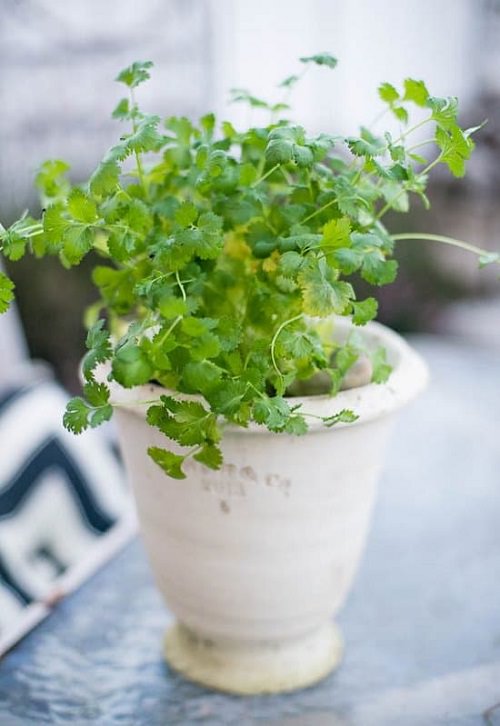
Botanical Name: Coriandrum sativum
Cilantro is the most commonly used herb in Mexican cuisines. It adds a fresh, refreshing flavor to dishes. You can use it in soups, curries, pickles, and stews.
Uses: In Mexican Shrimp Ceviche-Style Cocktail, Tostadas, Shrimp Ceviche, and Pico de Gallo
2. Epazote
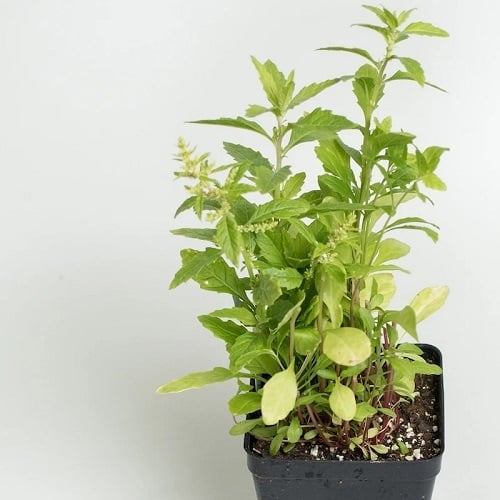
Botanical Name: Dysphania ambrosioides
Epazote is a pungent, leafy, aromatic herb, frequently used in Mexican dishes. Raw epazote has a resinous taste like anise, fennel or tarragon but on the stronger side.
Uses: In Quesadillas with Epazote, Garbanzo, Frijoles de Olla, Quesadillas, Esquites, and Arroz a la Tumbada
3. Mexican Mint Marigold

Botanical Name: Tagetes lucida
Also known as Mexican tarragon, it has a sweet anise-like flavor. The leaves can be used in both dry and fresh forms. The yellow flowers are edible and used to add colors in salads and desserts.
Uses: In Mexican Mint Marigold Chicken Salad, Mexican Mint Marigold Liqueur, and Marigold Dijon chicken
4. Papalo

Botanical Name: Porophyllum ruderale
Papalo has a cilantro-like taste. This Mexican herb is an ideal substitute for cilantro. It boasts a vibrant, strong flavor that gives a hint of arugula, cilantro, and a bit of rue.
Uses: In Salsa Verde with Papalo, Salsa de Cacahuate y Chile, Papalo-tomatillo Guacamole
5. Mexican Pepperleaf
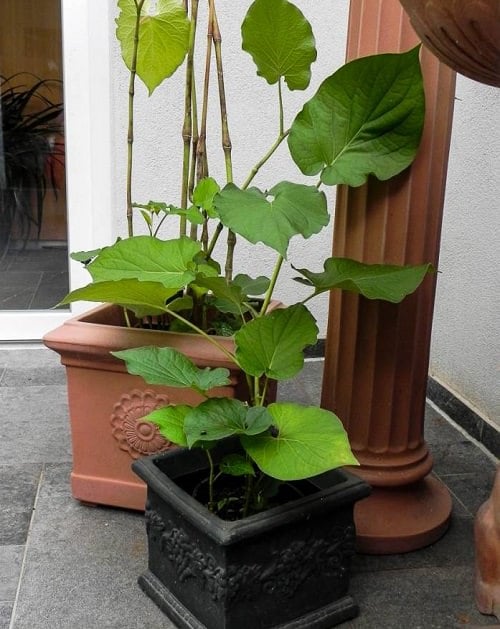
Botanical Name: Piper auritum
Also known as Hoja Santa, it is a fragrant, velvety heart-shaped herb. It has a strong flavor similar to eucalyptus, mint, peppercorn, allspice, or anise. The leaves are used as a wrap or to season fish, meat, mushroom, and tamales.
Uses: In Pozole, Mole Amarillo, Mole Verde, Panna cotta, Verdìn and Pasilla Sauce
6. Little Rosemary
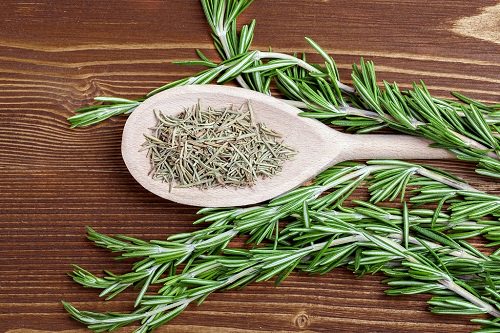
Botanical Name: Rosmarinus officinalis ‘Romerito’
Also known as Romerito or Seepweed, it looks like rosemary but has a flavor close to spinach. Do not eat it raw and always cook before consumption. You can mix it with nopales (cactus), mole sauce, or potatoes. Romerito can be sauteed and added to rice and bean dishes or can be used in savory cakes.
Uses: In Romeritos, Huevos rancheros, Chilaquiles, and Tacos al pastor
7. Mexican Oregano

Botanical Name: Lippia graveolens
Mexican oregano is popular for its fresh and earthy flavor and goes best with tomato dishes. The flavor is strong but more bitter than the Mediterranean oregano, so measure the amounts properly before use.
Uses: In Ropa Vieja, El Torito, Portobello Crust, Seitan Posole Stew, Mexican Black Bean Soup, Ancho Chicken Enchiladas, Red Sauce Enchiladas
8. Thyme
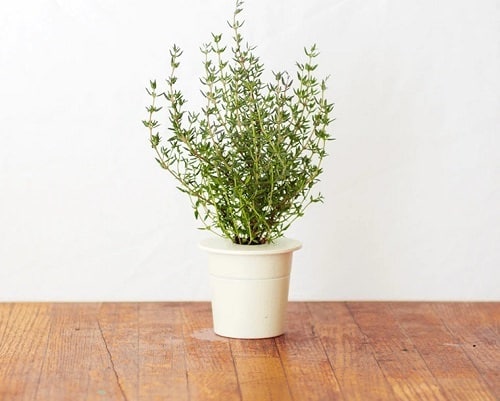
Botanical Name: Thymus vulgaris
Thyme is used in many Mexican cuisines. It has a mild taste that suits well with spicy foods. The flavor becomes more striking if you’ll freeze it. Before using thyme in any Mexican cuisine, put it in a refrigerator, a night before, to further enhance the flavor.
Uses: In Mexican Tacos de Birria, Arroz a la tumbada, Arroz con huevo, Arrachera, Picaña, and Carne Asada
9. Mexican Bay Leaf
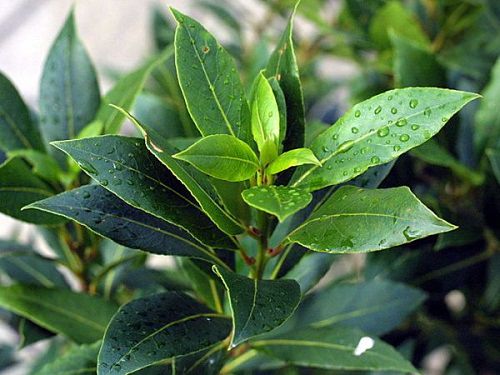
Botanical Name: Litsea glaucescens
Mexican bay has a milder flavor and thin leaves than bay leaves, which are common in the U.S and have a strong taste. The leaves have a flavor that’s a mix of oregano and marjoram.
Uses: In Albondigas, Caldo de pollo, Carne en su jugo, Caldo de mariscos, Birria, and Caldo Xóchitl
10. Lemon Verbena
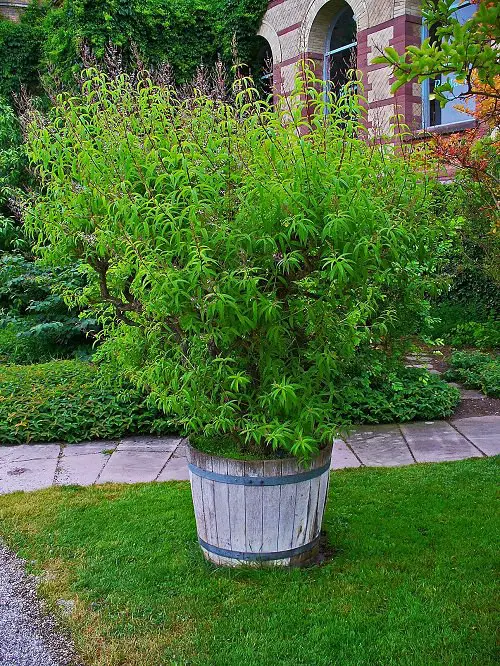
Botanical Name: Aloysia citrodora
Lipia or Lemon verbena has a fantastic citrusy aroma. The leaves hold their fragrance for many days. The tea made up of lipia leaves have many medicinal properties
Uses: Agua Fresca, Pay de Queso, Tres Leches Pastel, Pan de Muerto, Arroz con Leche, and Pastel de elote
How to Grow Mexican Herb Garden?
- You can dedicate a separate place in your garden to grow Mexican herbs. You can also grow them in containers in your balcony or patio too.
- Choose an area that gets plenty of sunlight. However, most of the herbs can do well in part shade.
- Water the plants moderately. Keep the soil moist in warm seasons.
- Use well-draining, fertile soil, and choose a pot with proper drainage holes.
- Each herb has slightly different growing requirements. Have detailed research before planting.
- Keep pruning the plants to keep the herbs healthy.
- Pick herbs that you use the most and plant them accordingly.



Any one of these herbs or peppers will spice up your garden and cooking, so consider planting your own Mexican herb garden this season!
What is choyocol? Not sure of the spelling, but have heard Mexicans ladies on YouTube mentioning it. Thanks